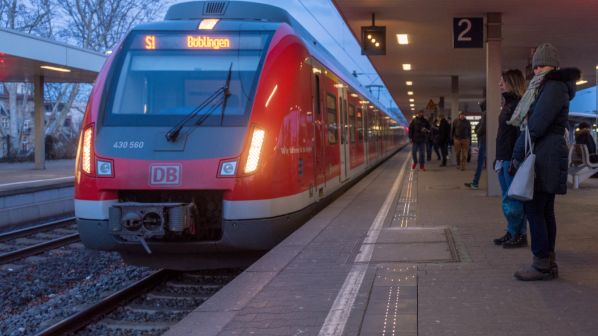German Rail (DB) inaugurated its first DSTW at Annaberg-Buchholz, on the Chemnitz - Cranzahl line in southeastern Germany in March 2018.
The pilot project was drawn up by DB Network, Stuttgart Regional Government and Baden-Württemberg Ministry of Transport in May 2018. In December, the German federal government outlined the basic budgetary requirements for a nationwide rollout of ETCS/DSTW, including a pilot project in Stuttgart. The ministry said that due to time constraints with the construction of the Stuttgart 21 project, a decision on whether to support the project needed to be made in January to secure the funding.
“For this purpose, the Ministry of Transport and the Stuttgart Region are in close contact with the responsible Federal Ministry for Transport and Digital Infrastructure (BMVI),” says Baden-Württemberg minister of transport, Mr Winfried Hermann. “A breakthrough is now possible and necessary. A fundamental confirmation by the federal government is a necessary prerequisite for our commitment.”
While the region’s transport policy requires a significant increase in S-Bahn capacity, the ability to expand rail infrastructure in the city centre is currently limited due to space constraints. However, the ministry says the instillation of ETCS and ATO GoA2 is expected to increase capacity on the current network by up to 20%.
The ministry has allocated €330m to the project up to 2031. The launch of the pilot is expected to be implemented alongside the Stuttgart 21 project by 2025. The project is due to be completed by 2030, by which time the entire S-Bahn network, including mixed-traffic routes, is expected to be equipped with ETCS, DSTW and ATO.
The ministry says regional and mainline services would also benefit from the project.

